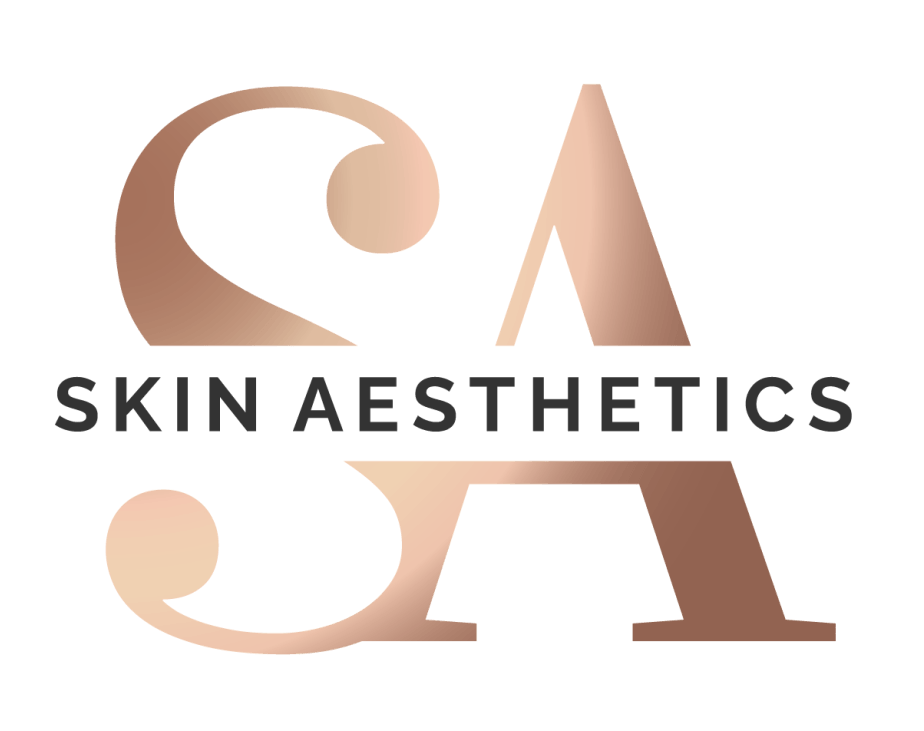PRP THERAPY
A small amount of your blood is taken by our Doctor or nurse, just like when you have a blood test. This blood is then spun in a centrifuge machine to separate the liquid part of the blood, the plasma, from the cells. This plasma is rich in platelets, which is essential for wound healing. The platelet-rich plasma (PRP) is removed from the blood tubes and either injected or micro needled into the treatment area.
The platelet-rich plasma stimulates collagen production and encourages other proteins within the skin cells, leading to healthier, more youthful skin.
